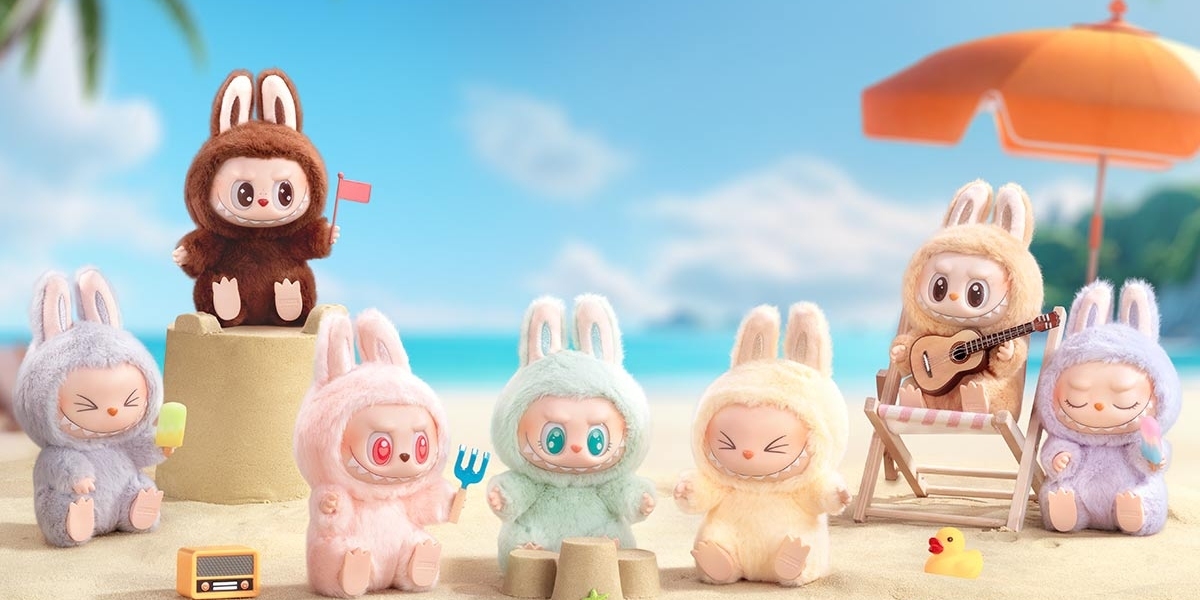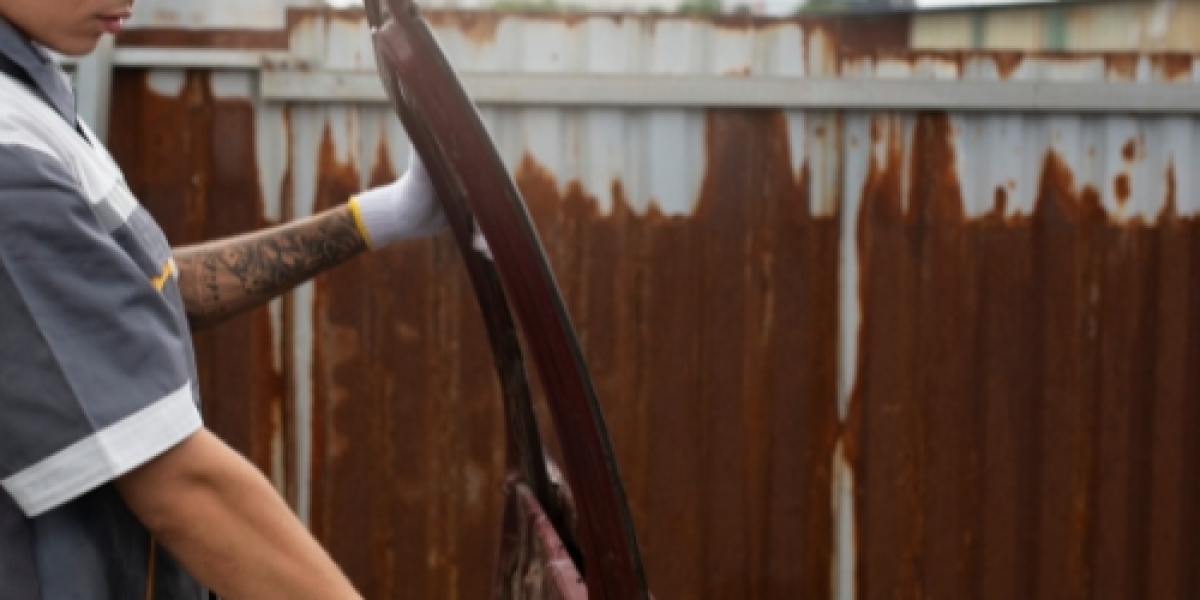In recent years, the global art toy movement has transcended its niche origins to become a vibrant cultural phenomenon. Among the many collectible figures that have captured the imagination of people around the world, Labubu stands out as a particularly unique symbol of creativity, emotional expression, and cross-cultural connection. Originating from Asia, Labubu’s quirky design and whimsical charm have found an enthusiastic audience across continents, including Canada — a country celebrated for its cultural diversity and appreciation for the arts. The arrival of Labubu in Canadian pop culture is more than just a trend; it represents an evolving dialogue between art, identity, and community that speaks to both collectors and casual admirers alike.
The Origin and Meaning Behind Labubu
Labubu was created by the Hong Kong-based artist Kasing Lung, who is known for his distinct storytelling style that blends elements of fantasy, childhood innocence, and a hint of darkness. The character of Labubu, with its signature mischievous grin and elfin ears, comes from Lung’s imaginary world known as The Monsters — a whimsical universe where his characters embody raw emotion and imagination. Each figure carries a narrative, allowing collectors to explore fragments of Lung’s creative vision while forming their own interpretations.
What makes Labubu truly special is its ability to evoke nostalgia while also feeling refreshingly modern. Its aesthetic — somewhere between a fairy-tale creature and a mischievous child — resonates with people across cultures. For Asian collectors, Labubu may recall mythological creatures or folk stories, while for Western audiences, it taps into the same emotional space as storybook characters from classic literature. This universality of feeling makes Labubu a bridge between worlds — a shared cultural symbol that transcends linguistic and geographical boundaries.
The Arrival of Labubu in Canada
The rise of designer toys in Canada has followed global trends that began in East Asia, particularly in Japan and Hong Kong, during the early 2000s. However, in the last decade, the movement has gained momentum in Canadian cities such as Toronto, Vancouver, and Montreal, where thriving art scenes and multicultural communities create fertile ground for cross-cultural artistic exchange.
Labubu entered the Canadian market through specialty stores, art toy conventions, and online platforms that connect global collectors. Independent toy retailers in cities like Toronto and Vancouver have begun dedicating shelves to Labubu and other Pop Mart collaborations, recognizing the growing enthusiasm among young Canadians for collectible art figures. Events such as Fan Expo Canada and Toronto Comic Arts Festival have also started featuring designer toys, signaling a growing acceptance of these figures as legitimate art forms rather than simple playthings.
Labubu as a Cultural Connector
What makes Labubu particularly meaningful in Canada is how it serves as a symbol of cultural connection. Canada is known for its multicultural ethos, where different traditions and artistic influences coexist and blend to form a vibrant cultural landscape. In this context, Labubu’s popularity highlights the shared emotional and aesthetic sensibilities that unite people across backgrounds.
For many young Canadians, collecting Labubu figures is not only about owning a piece of art but also about participating in a global creative community. Online groups and local meetups have emerged where fans exchange figures, share stories, and discuss their favorite editions. These communities are often multilingual and multicultural, reflecting Canada’s diversity itself. In this way, Labubu becomes a medium through which people connect across languages, ages, and identities — proving that art truly has no borders.
The Artistic Value of Labubu
One of the reasons Labubu resonates so deeply is its artistic integrity. Each Labubu figure, whether produced in collaboration with Pop Mart or through limited-edition art releases, is meticulously crafted. The design incorporates subtle textures, color gradients, and facial expressions that convey emotion and personality. This attention to detail transforms each piece into a work of art rather than a mere collectible.
In Canadian art circles, where the conversation around what constitutes art is constantly evolving, Labubu’s presence challenges traditional boundaries. Galleries and design studios are increasingly recognizing the cultural significance of collectible figures. Exhibitions that include Labubu alongside street art, illustration, and digital design highlight the growing intersection between fine art and pop culture.
The Role of Collecting in Modern Canadian Culture
Collecting art toys like Labubu represents a shift in how Canadians engage with art and culture. Unlike traditional art collecting, which often involves exclusivity and high costs, designer toy collecting is accessible, community-oriented, and democratic. It allows individuals to express their personality, interests, and emotions through tangible art pieces that fit within their daily lives.
In an age dominated by digital experiences, the tactile nature of Labubu toys offers a refreshing return to the physical. Collectors often describe a sense of joy and calm in unboxing a new figure, arranging their displays, and sharing their collections online. This sense of connection — both to the object and to others who share the passion — creates a new form of cultural participation. For many Canadians, this has become a meaningful way to explore identity, nostalgia, and belonging in a fast-paced, globalized world.
Labubu and the Canadian Aesthetic
Canada’s artistic identity is often described as a blend of natural beauty, emotional depth, and subtle humor. Interestingly, these same qualities can be found in Labubu’s design. The character’s expression, at once mischievous and endearing, mirrors the Canadian love for irony and understated playfulness. Its whimsical world, filled with creatures that balance darkness and light, resonates with the Canadian appreciation for both introspection and imagination.
Moreover, the snowy and forested settings that sometimes appear in Labubu’s stories echo the landscapes familiar to many Canadians. In a symbolic sense, Labubu fits seamlessly into the Canadian imagination — a creature that might just as easily be found wandering through a foggy Vancouver morning or a Montreal winter evening.
The Future of Labubu in Canada
As the Canadian art toy scene continues to grow, Labubu’s influence is expected to deepen. Collaborations with Canadian artists, pop-up exhibitions, and themed releases could further integrate the character into local culture. Already, Canadian designers and illustrators are drawing inspiration from Labubu’s storytelling approach, using it as a framework to explore their own cultural narratives.
Educational institutions are also beginning to take note. Courses on design and visual storytelling increasingly reference toy art as a legitimate form of contemporary expression. Labubu, with its strong narrative and emotional core, serves as a perfect example of how toys can communicate complex ideas about creativity, identity, and emotion.
Conclusion
Labubu’s presence in Canada is more than a passing trend — it is a reflection of how art and culture continue to evolve in a connected world. Through its whimsical design and emotional depth, Labubu speaks to universal human experiences while celebrating diversity and imagination. For Canadians, it represents both a link to global creativity and a mirror of their own Labubu Bag multicultural identity.
In a society that values inclusivity and expression, Labubu stands as a symbol of unity — reminding us that art, no matter how small or playful, has the power to bring people together. Whether displayed on a collector’s shelf in Toronto, gifted as a token of friendship in Vancouver, or admired in an art exhibit in Montreal, Labubu continues to bridge cultures, generations, and imaginations. It is, in every sense, a true symbol of cultural connection









